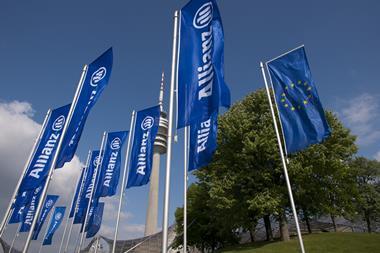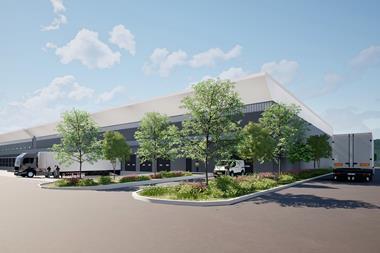The persistence of higher interest rates is prompting PIMCO to focus its US$120bn (€110bn) global real estate platform on debt investments and targeted property sectors, including data centres and logistics.
In a report published today, the Allianz-owned investment manager has set out why institutional real estate investors need to “face the music” of a market recovery expected to be very different to the one that followed the global financial crisis (GFC) of 2008.
“Interest rates have peaked, but don’t expect a fast recovery the same way we have seen it after the GFC,” said Francois Trausch, managing director at PIMCO and CEO and CIO of PIMCO Prime Real Estate, which manages the US$96.9bn property portfolio of the insurance group Allianz.
“After the GFC, the recovery in real estate was driven mainly by the very fast cap-rate compression,” he told IPE Real Assets “This time around, while rates have peaked, we don’t expect cap rates to compress the same way they did last time.”
The report follows PIMCO’s Global Real Estate Investment Forum at its headquarters in Newport Beach, California where company professionals debated the outlook for commercial real estate.
“We bring all our real estate professionals and portfolio managers together, across equity and debt, public and private markets, and over a day we discuss, exchange, debate the different sectors, so that we basically have a more informed decision making afterwards,” Trausch said.
The discussions led to two principal conclusions for how investors can best “position themselves” in the “context of a slow recovery” – namely, invest across the capital stack through different forms of debt, or target specific sectors or parts of the market that will benefit bifurcations in the broader property market.
The combination of slower interest rate declines, an estimated US$1.5trn of real estate debt maturing in the next two years and constrained banking sectors, means non-bank lenders like PIMCO have an “opportunity to play in that space and fill the gap”.
“Rates are not coming down as far as expected, so anybody who needs to refinance this year or next year will face that,” Trausch said.
“In many instances, borrowers will find some money to recapitalise and lenders will probably relax [their loan-to-value requirements] to fill the gap. But in other instances you will need to find somebody to provide the required capital, mezzanine, preferred equity to fill that gap.
PIMCO has combined its real estate teams to “cover the entire spectrum” of debt from core, low-yielding finance to ‘special situations’ that can generate double-digit returns.
Meanwhile, for real estate equity investments, the firm is “focusing on sectors which can capture high-conviction themes around digitisation, decarbonisation or demographics”, Trausch told IPE Real Assets. “Having that agility either to find these niche investments, or play the capital stack where you see the biggest reward is really where we focus our time these days.”
The report highlights data centres and logistics as two prime examples. The former “offer investors a way to capitalise on AI growth without having to bet on the ultimate winners in AI technology”, it says, while it anticipates that “deglobalisation and e-commerce will continue to drive sustained long-term growth in warehouses and logistics”.
“Data centres is the ultimate, in a way, targeted and specialised sector,” Trausch said. “Industrial is probably that asset class where… the combination of deglobalisation and e-commerce is nearly equally strong anywhere in the world, whether it’s Europe, Asia or the US.”
To read the latest IPE Real Assets magazine click here.























